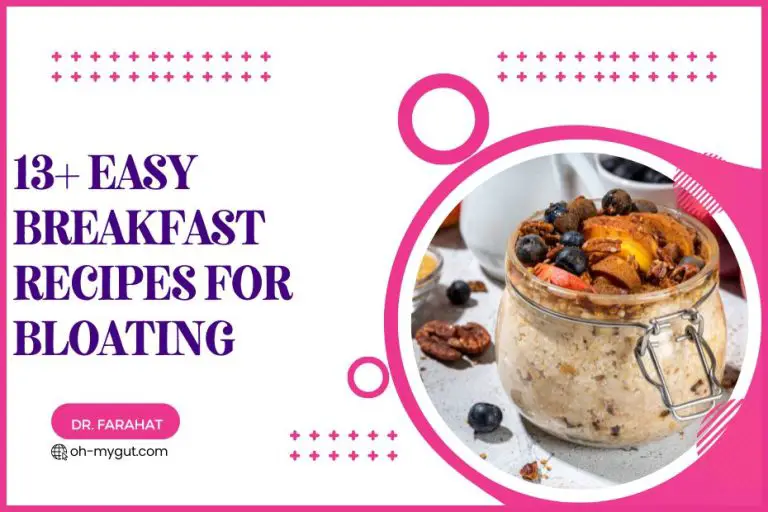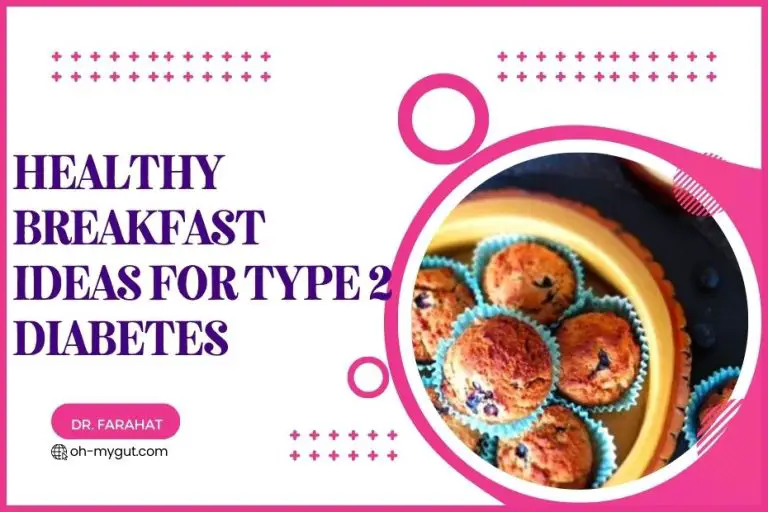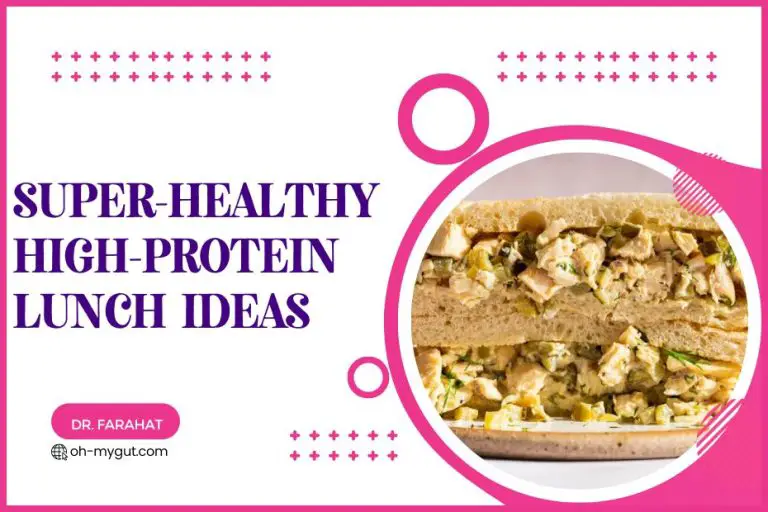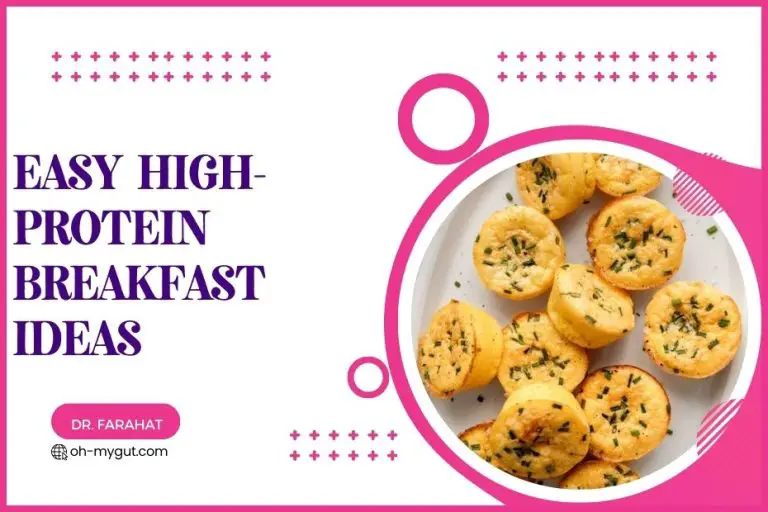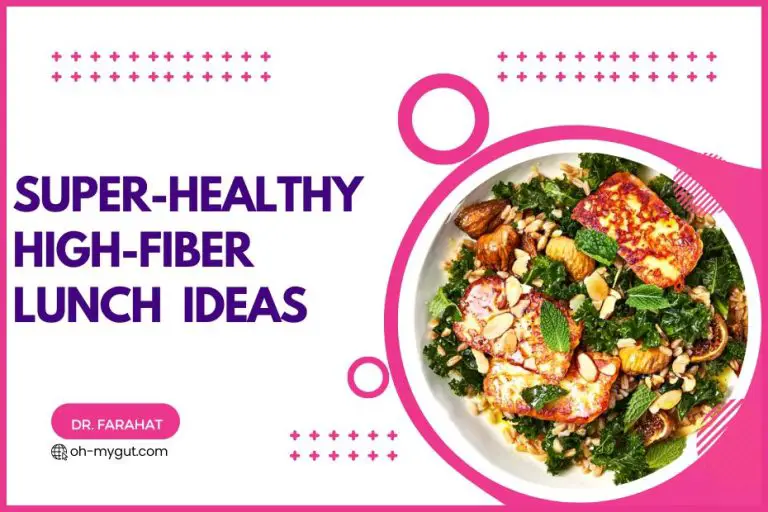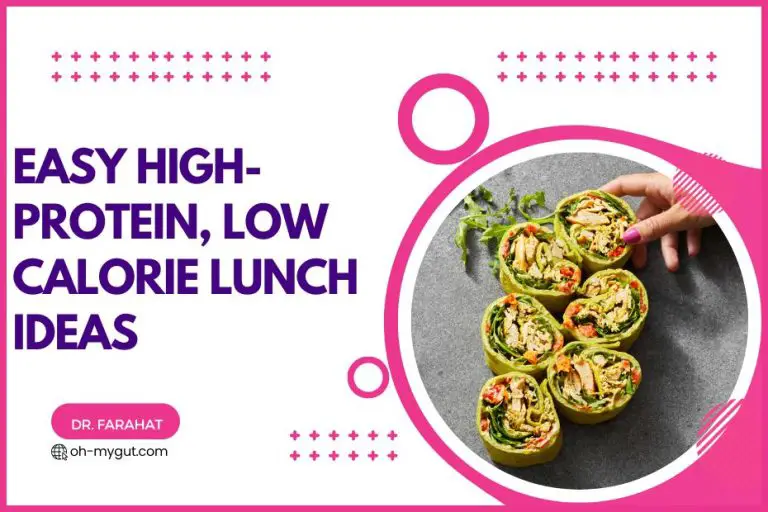10 Powerful Foods Proven to Lower Cholesterol Naturally (Doctor Explains)
Our content is not intended nor recommended as a substitute for medical advice by your doctor. Use for informational purposes only.
Hello there! I’m Dr. Farahat
I don’t believe most of the internet allegation about the magical powers of foods that are usually inaccurate 90% of the time.
However, this time I believe that foods can actaually make a difference if your cholesterol is high.
So, I’ve rounded up seven real-world strategies that you can start today to naturally lower cholesterol—no prescription needed. Here’s what you’ll discover:
Simple swaps for healthier fats
How to kickstart fat burning by eating smarter
Two proven dietary plans that doctors recommend
Easy ways to supercharge fiber intake
The scoop on soy, plant sterols, omega-3s, and berberine
Let’s dive in.
1- Limit Saturated and Trans Fats
We’ve got three fat categories, and knowing them helps you choose better:
| Type | Examples | Effect |
|---|---|---|
| Saturated | Butter, cheese, fatty meat | Raises LDL (“bad”) cholesterol |
| Trans | Margarine, fried pastries | Raises LDL, lowers HDL, fuels inflammation |
| Unsaturated | Olive oil, avocados, nuts | Lowers LDL, raises HDL (“good”) |
Targets:
Keep saturated fat under 7% of calories
Avoid trans fats completely (<1% if unavoidable)
Let unsaturated fats fill 15–20% of your plate
Practical Tips:
Swap butter for olive or canola oil when cooking
Grill, bake, or steam instead of frying
Check labels for “partially hydrogenated” oils—if you see that, skip it
Snack on a small handful (1 oz) of nuts daily—almonds, walnuts, or pistachios work great
2- Maintain a Calorie Deficit
A calorie deficit simply means you burn more than you eat, so your body taps stored fat. It’s hands-down the fastest way to lose existing fat.
Combine portion control with exercise: Aim for 30–60 minutes of brisk walking, cycling, or resistance training most days.
Plan meals and snacks: Use smaller plates, track intake with an app, and prep balanced meals ahead of time.
Stay consistent: Even a 300-calorie daily deficit adds up to about 1 lb of fat loss per week.
Why It Matters Beyond Cholesterol:
Improves blood sugar regulation
Lowers blood pressure
Reduces joint stress
Boosts energy and mood
3- Adopt a Mediterranean Diet or DASH Diet
Both plans shine in heart health. Here’s how they stack up:
Mediterranean Diet:
Loads of fruits, veggies, whole grains
Olive oil as the main fat
Fish, poultry, legumes, nuts in moderation
Minimal red meat and sweets
DASH Diet:
Emphasis on vegetables, fruits, low-fat dairy
Lean proteins, whole grains, nuts
Sodium capped at 1,500 mg/day
Limited sweets and red meat
| Benefit | Mediterranean Diet | DASH Diet |
|---|---|---|
| Total cholesterol | −7.4 mg/dL average¹ | Significant drop |
| LDL cholesterol | −3.3 mg/dL (trend)¹ | Lower vs. control |
| Blood pressure | Moderate improvement | Strong improvement |
| Weight control | Good | Good |
| Ease of follow-through | Flexible | Structured |
¹JAMA 2011 meta-analysis: six trials, 2,650 overweight adults.
²NEJM 2001: eight-week DASH trial, 430 adults.
Practical Tips:
Swap refined carbs for whole grains (e.g., brown rice, quinoa)
Add herbs and spices instead of salt—think garlic, basil, cumin
Plan “Meatless Mondays” to boost legumes and veggies
Keep a pitcher of infused water (cucumber, mint) on hand to reduce sugary drinks
4- Increase Soluble Fibers in Your Food
Soluble fiber acts like a sponge in your gut, slowing nutrient uptake and trapping bile acids for excretion. Your liver then soaks up LDL to replenish bile, dropping blood LDL.
Aim for 5–10 g/day from foods such as:
Oats or oat bran
Beans and lentils
Apples, pears, citrus fruits
Barley and psyllium husk
Practical Tips:
Start your day with a bowl of oatmeal topped with berries
Blend a handful of spinach and flaxseed into smoothies
Swap white rice for barley or quinoa at lunch
Stir psyllium husk into yogurt or a smoothie
7- Soy
Soy delivers plant protein and isoflavones that gently nudge down total and LDL cholesterol. It shines best alongside other heart-healthy foods.
Aim for 2–3 servings daily:
Tofu in stir-fries or salads
Edamame as a snack
Unsweetened soy milk in your coffee or cereal
Practical Tips:
Marinate tofu in low-sodium soy sauce and grill it
Sprinkle roasted edamame on soups or grain bowls
Blend soy milk into overnight oats
8- Plant Sterols
Plant sterols and stanols look like cholesterol and compete for absorption in your intestines, cutting how much dietary cholesterol gets through.
Target 2 g/day from fortified foods:
Sterol-rich margarines
Yogurts or drinks fortified with stanols
Some orange juices
Practical Tips:
Spread sterol-fortified margarine on whole-grain toast
Pick a yogurts labeled “with plant sterols” for breakfast
Use fortified orange juice in smoothies
9- Omega-3 Fatty Acids
EPA and DHA from fish oil predominantly lower triglycerides but can tweak cholesterol too—sometimes raising LDL in those with high triglycerides.
Dosage: 1–3 g/day EPA + DHA via:
Fatty fish (salmon, mackerel, sardines) twice weekly
High-quality fish oil supplements
Key Insight:
A meta-analysis of 55 trials showed each 1 g/day EPA + DHA cut triglycerides by 5.9 mg/dL—and by 8.4 mg/dL when starting levels were above 83 mg/dL³.
Practical Tips:
Swap one meal per week for grilled salmon or sardines
Add chia or flax seeds to yogurt for a plant-based boost (though ALA conversion is limited)
Take supplements with meals to reduce fishy aftertaste
10- Berberine
Berberine is a plant alkaloid in barberry, goldenseal, and Oregon grape that powerfully improves lipid profiles.
Dose: 900–1,500 mg/day in divided doses with food
Results: Lowers total cholesterol by 25.5 mg/dL, LDL by 25.1 mg/dL, and triglycerides by 34.5 mg/dL⁴
Practical Tips:
Take berberine capsules 30 minutes before meals for better absorption
Monitor blood sugar and liver enzymes if you have preexisting conditions
Discuss with your doctor, especially if you’re on other medications
Key Takeaways
Swap fats wisely: Go unsaturated, avoid trans fats.
Create a calorie deficit: Eat less, move more.
Follow proven diets: Mediterranean or DASH work wonders.
Boost soluble fiber: Oats, beans, fruits every day.
Incorporate functional foods: Soy, plant sterols, omega-3s, berberine.
Little changes add up. Start by picking one or two strategies—like swapping cooking oil or adding a daily oatmeal—and build from there. Consistency beats perfection. You’ve got this!
References:
https://www.uptodate.com/contents/lipid-management-with-diet-or-dietary-supplements
- Evidence-based
- Written by a doctor.

Related Posts:
- 9 Scientifically Proven Foods to Enhance Your Gut…
- 11 Evidence-Based Foods To Lower Cholesterol Levels…
- 7 Foods to Avoid With High Cholesterol (Doctor Explains)
- 6 Worst Foods To Avoid With Hypertension (Doctor Explains)
- Worst Foods To Avoid If Prediabetic (Doctor Explains)
- Heaviness in Lower Abdomen in Non-pregnant Females:…
